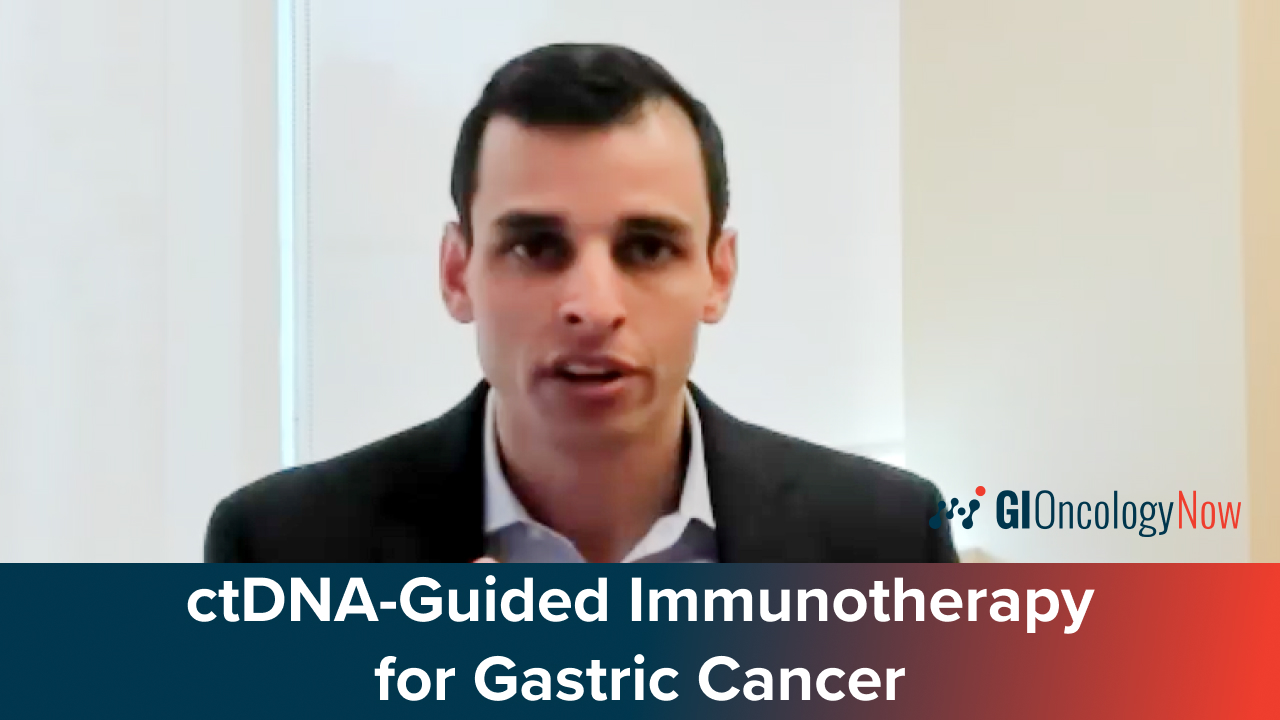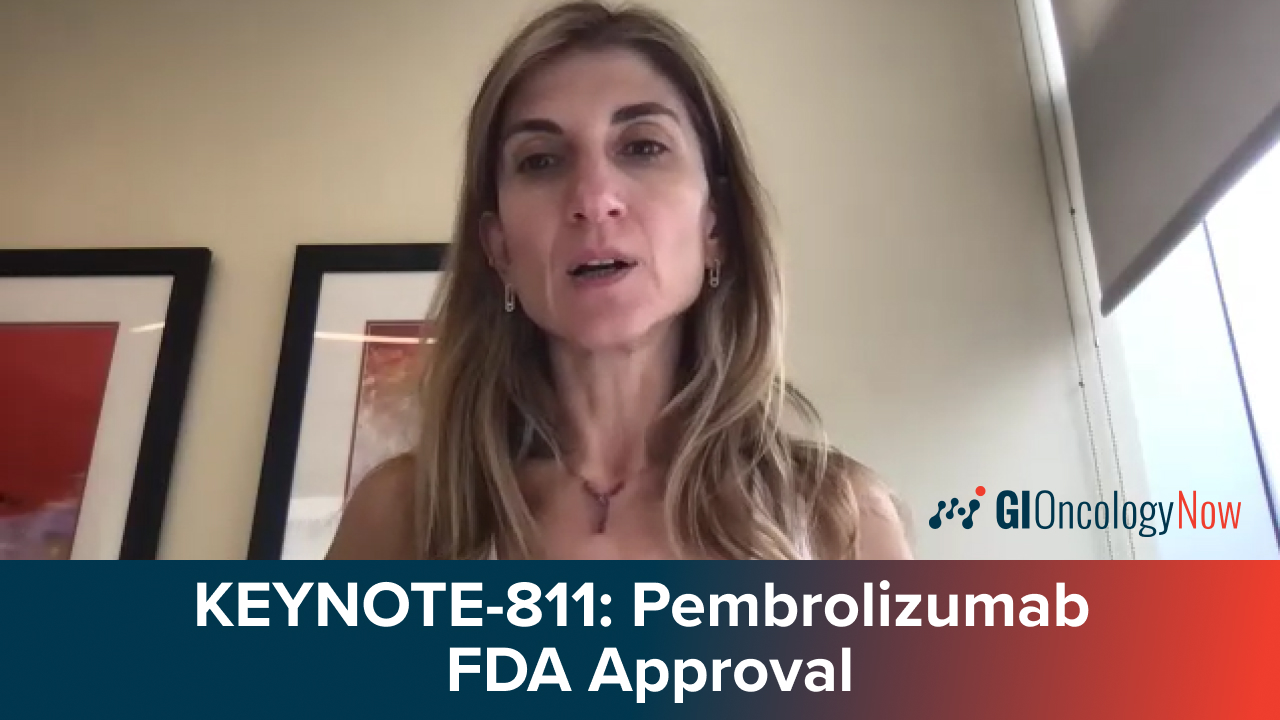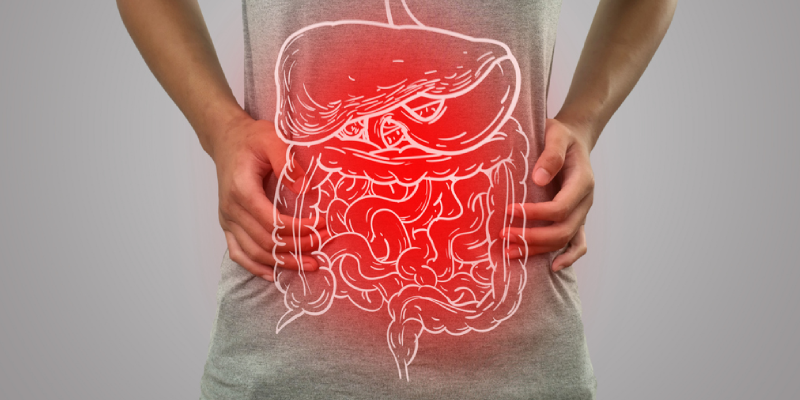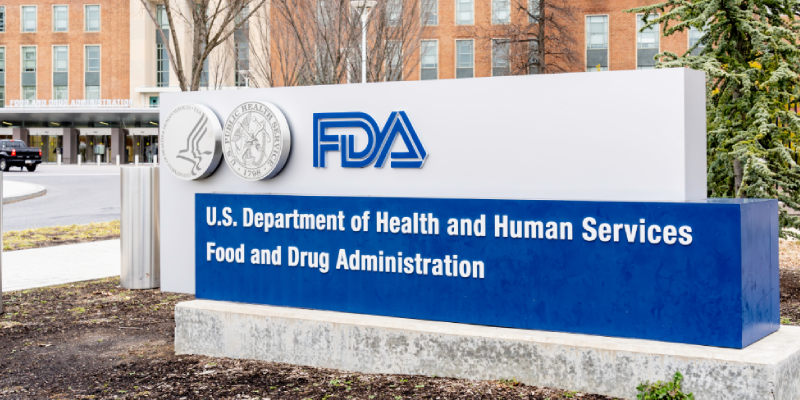
About 15 to 30% of patients with advanced gastric or gastroesophageal junction cancer have an overexpression of human epidermal growth factor 2 (HER2). Due to the use of single modality data and the heterogeneity of HER2, finding effective treatment can be a challenge as responses vary among patients.
In a previous study on patients with HER2-positive gastric cancer, less than half of the patient cohort responded to a combination of trastuzumab and chemotherapy. KEYNOTE-811 also showed that the addition of pembrolizumab to standard therapy did not provide an overall survival boost in all patients.
As typical monomodal data has shown a lack of proficiency in understanding the diverse presentations of HER2-positive gastric cancer, a recent study by Zifan Chen, MD, and colleagues has employed a multimodal analytic approach to accurately predict treatment responses to anti-HER2 or anti-HER2 combined immunotherapy for patients with HER2-positive gastric cancer.
Researchers utilized a deep learning model called the Multi-Modal (MuMo) model to combine the recorded data of a patient group to develop personalized treatment response predictions.
Data from a cohort of 429 patients were collected, including demographics, tumor characteristics, and treatment specifics such as lines of treatment received and time before initiating treatment. Pathology and radiology information was also included.
A total of 310 patients were treated with anti-HER2 therapy, while 119 patients were treated with an immunotherapy combination of anti-HER2 and anti-PD-1/PD-L1 inhibitors.
The MuMo model had an area under the curve score of 0.821 (95% CI, 0.692–0.949) for patients who received anti-HER2 therapy and 0.914 (95% CI: 0.803–1.000) for combined immunotherapy.
Patients who were classified as low-risk by the MuMo model, had longer progression-free survival (P=.0019 in the validation set and P=.0024 in the test set) and overall survival (P=.0067 in the validation set) rates than patients identified as high-risk.
The use of multi-modal data analysis can aid in advancing personalized treatments and evaluation for patients with HER2-positive gastric cancer.







 © 2025 Mashup Media, LLC, a Formedics Property. All Rights Reserved.
© 2025 Mashup Media, LLC, a Formedics Property. All Rights Reserved.